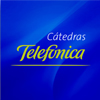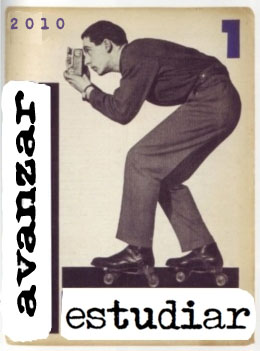Aplicación de Técnicas Geomáticas a la Infografía Forense. Abstract
Ángel Luís Muñoz Nieto [Profesor titular del Área de Ingeniería Cartográfica Geodésica y Fotogrametría] Pedro Rodríguez Gonzálvez [Doctor Universidad de Salamanca] Diego González - Aguilera [Profesor de la Universidad de Salamanca] Jesús Sabas Herrero Pascual [Profesor titular de la Universidad de Salamanca del Área de Ingeniería Cartográfica Geodésica y Fotogrametría]
Forensic analysis involves tasks of scene information extraction as well as its reconstruction in order to extract elements for explanatory police test or to show forensic evidence in legal proceedings. At present, the combination of sensors and technologies like terrestrial laser scanner (TLS), unmanned aerial vehicles (UAV), digital cameras, inertial sensors, or Global Navigation Satellite Systems (GNSS), allows the integration of spatial data and the generation of virtual infographic products which are extremely attractive. These products, which successfully retain an accurate 3D metric information, are revolutionizing dimensional reconstruction of objects and criminalistic scenes. Thus, it can be said that the reconstruction and 3D visualization of complex scenes is one of the main challenges for the international scientific community. To overcome this challenge, techniques related with computer vision, computer graphics and Geomatics work closely. This document reviews the geomatics techniques applied to improve infographic forensic products and its evolution. We describe the integration of data from different sensors whose final purpose is 3D accurate modeling. As we move into a research area where there is still many uncertainties to be resolved, the final section addresses these challenges and outlines future perspectives.






